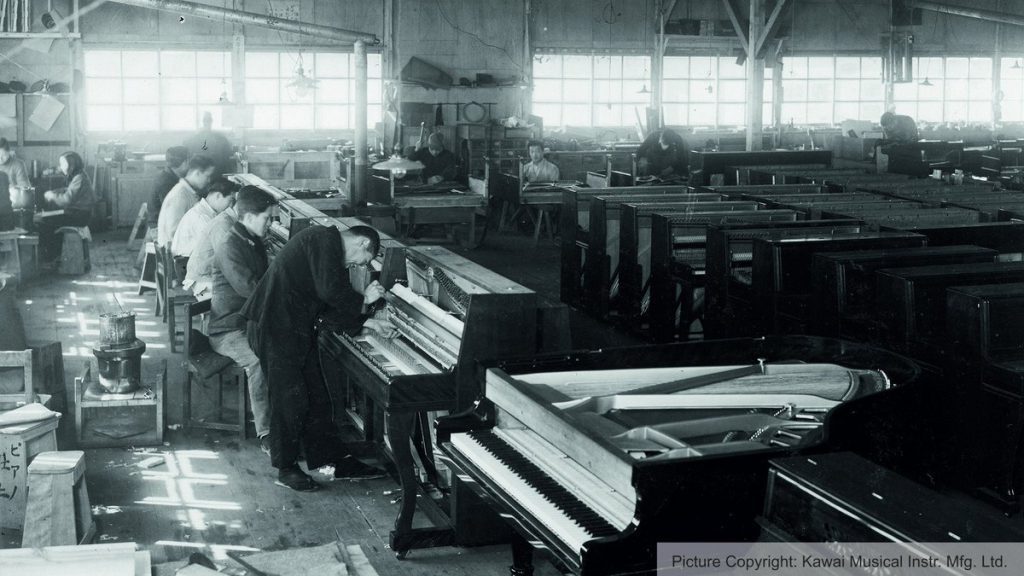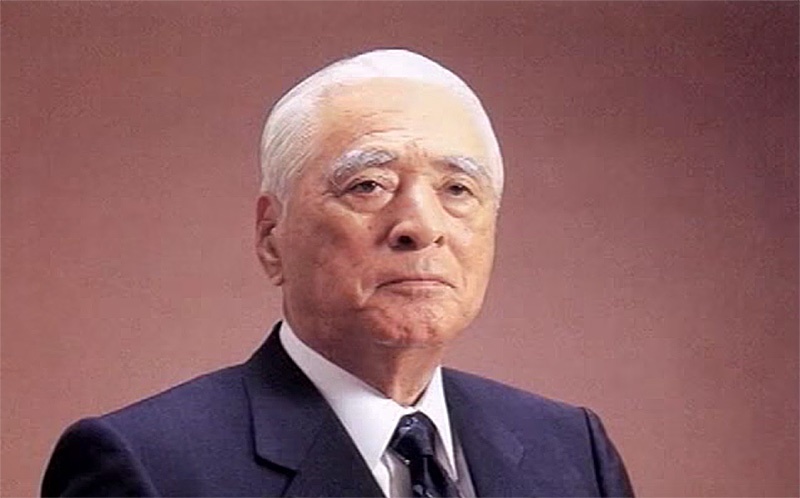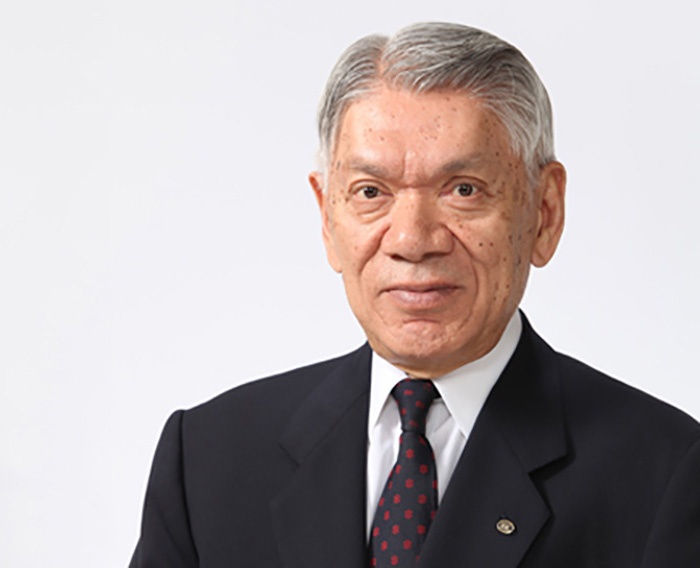
Join Kawai Care to take full advantage of our network of tuners, technicians and service centres, streamlined repairs, firmware updates, as well as news, giveaways, special offers and more.
The quest for perfection is a rare journey that few choose to undertake. It is not for the faint of heart but only for those with the vision, the will, and the passion to succeed. These qualities, deep in the heart of one man, became the essence of a dream – a dream that would launch a never-ending quest for perfection.
It was nearly a century ago in Japan that an obscure medical instrument technician was struggling alone to build an upright piano from imported parts. One day, he was surprised to see a neighbor’s son riding by on a unique pedal-driven cart, the first ever to travel the roads of Hamamatsu, Japan. The aspiring piano builder was so impressed when he learned that the boy had designed and built the cart by himself that he invited the young man to be his apprentice. The next day, the invitation was accepted and a dream was born.
The young man, Koichi Kawai, the son of a wagon maker, would set out to build his first piano. The ensuing years would reveal Koichi Kawai’s extraordinary genius for design and innovation. He led the research and development team that introduced pianos to his country. Later, he became the first in Japan to design and build a complete piano action, receiving many patents for his designs and inventions. It was an impressive beginning, yet his greatest achievements were still to come.







The Winners’ Choice
From generation to generation, the Kawai vision continues. From its humble beginnings in 1927, the company has evolved into a multi-national corporation with nearly $1 billion annually in worldwide sales and employs over 4,000 people across four continents.
Kawai pianos have reached the pinnacle of international acclaim. Found on concert stages throughout the world, they continue to be selected by gold medal winners and finalists at prestigious international piano competitions across the globe.
Kawai Artists & Ambassadors include some of the most iconic musicians and musical groups in the world.
| Cookie | Duration | Description |
|---|---|---|
| cookielawinfo-checkbox-analytics | 11 months | This cookie is set by GDPR Cookie Consent plugin. The cookie is used to store the user consent for the cookies in the category "Analytics". |
| cookielawinfo-checkbox-functional | 11 months | The cookie is set by GDPR cookie consent to record the user consent for the cookies in the category "Functional". |
| cookielawinfo-checkbox-necessary | 11 months | This cookie is set by GDPR Cookie Consent plugin. The cookies is used to store the user consent for the cookies in the category "Necessary". |
| cookielawinfo-checkbox-others | 11 months | This cookie is set by GDPR Cookie Consent plugin. The cookie is used to store the user consent for the cookies in the category "Other. |
| cookielawinfo-checkbox-performance | 11 months | This cookie is set by GDPR Cookie Consent plugin. The cookie is used to store the user consent for the cookies in the category "Performance". |
| viewed_cookie_policy | 11 months | The cookie is set by the GDPR Cookie Consent plugin and is used to store whether or not user has consented to the use of cookies. It does not store any personal data. |
We need the information in this form to provide the support you’re asking for. This might include sharing it with technicians and service centres, couriers and other third parties, but we won’t use it to send marketing materials to you. Our full privacy policy is always available here.

Join Kawai Care to take full advantage of our network of tuners, technicians and service centres, streamlined repairs, firmware updates, as well as news, giveaways, special offers and more.